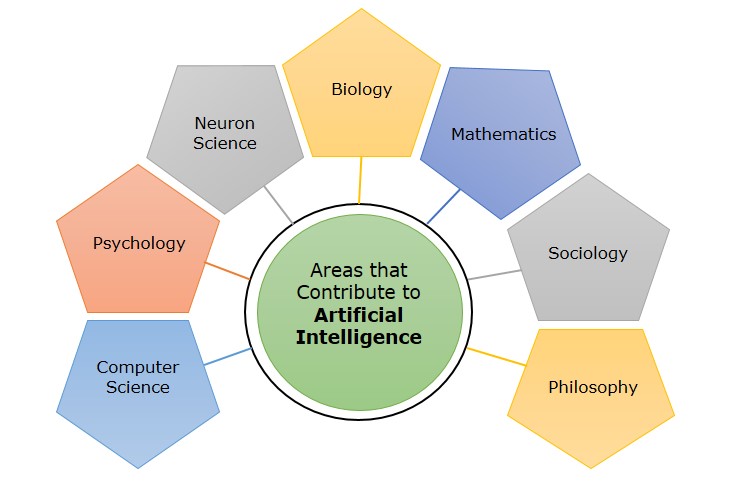Artificial Intelligence is developing with such incredible speed, sometimes it seems magical. There is an opinion among researchers and developers that AI could grow so immensely strong that it would be difficult for humans to control. Ironically, humans introduced AI into every possible task they could, for which they themselves now seem threatened.
Threat to Privacy
An AI program that recognizes speech and understands natural language is theoretically capable of understanding each conversation on e-mails and telephones, which leads to a society where people are constantly monitored.
Threat to Human Dignity
AI systems have already started replacing the human beings in a few industries. It should not replace people in the sectors where they are holding dignified positions that are pertaining to ethics, such as nursing, surgeon, judge, police officer, etc.
Threat to Safety
The self-improving AI systems can become so mighty compared to humans that it could be very difficult to stop them from achieving their goals, which may lead to unintended consequences.
Affects Decision Making
Humans intend to trust decisions made by machines, as they make clear and data-driven decisions, which simultaneously lead to similar solutions, decision-making patterns, and auto-adjustments.
Clearly AI is not capable of thinking outside the box, ethically or provide a unique perception. Additionally, as most algorithms use data to process, the algorithms generate discriminated outcomes of the data that have biases. This usually leads to unfair decisions in areas like hiring, lending, and law enforcement.
Autonomous Weapons
These are weapons that are capable of selecting a target without human intervention. They raise ethical concerns about accountability and the risk of unintended consequences.
Lack of Transparency
AI algorithms and models are complex and not easily understandable in how they operate and determine decisions, leading to accountability issues.
Dependency on Technology
Everyone depends on AI and technology for every tasks creating concerns about the loss of creativity, decision-making, problem-solving, and critical thinking skills.
Ethical and Regulatory Challenges
The rapid development of various domains in AI technology challenges on the revision of existing legal and ethical frameworks, making it difficult to ensure safety and privacy.
Legal Issues
Legal concerns around AI are still evolving. Some of the issues include liability, intellectual, and property rights. Legal issues concerning copyright frequently arise from the ownership of content produced by AI and its algorithm.
Building Trust
Trust in AI systems is essential for the extensive use and acceptance of them by people. The basis for trust relies on openness, dependability, and responsibility. Organizations must reveal the workings of AI to promote transparency and build trust. The outcomes of AI should be made more reliable and consistent.



